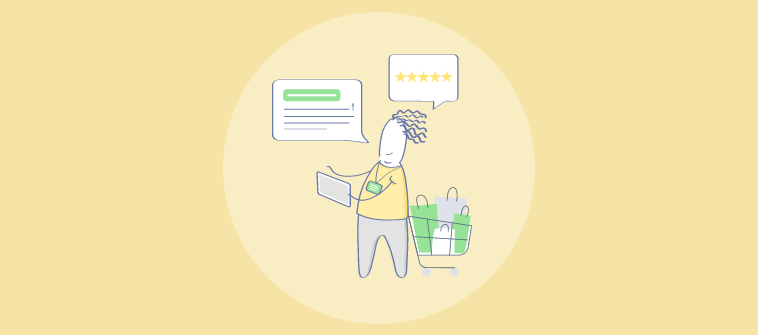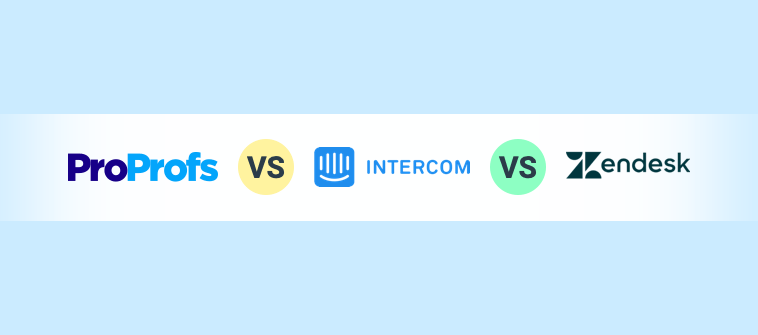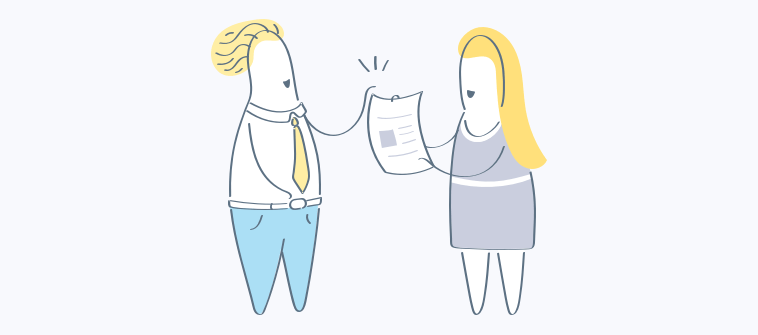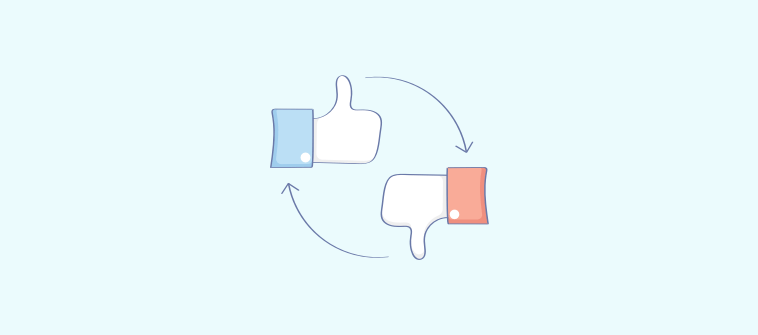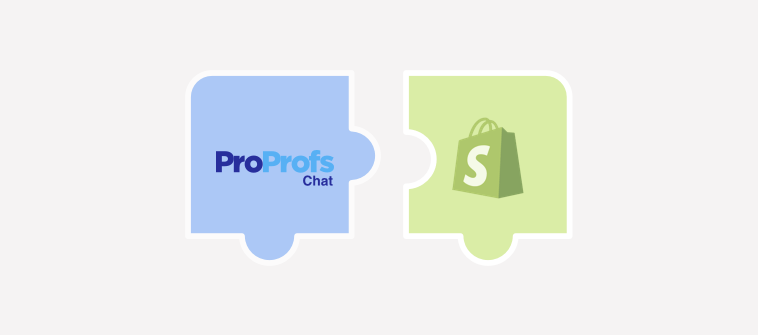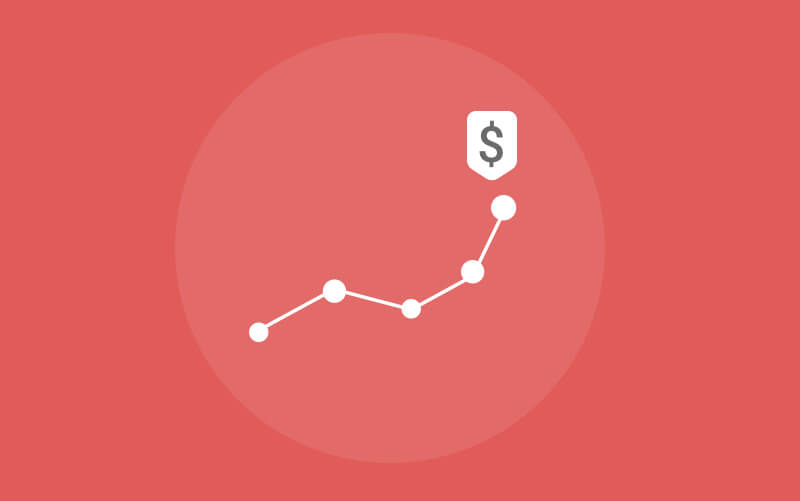
Data from Riskified show that return customers account for 1/3rd of all online shopping revenue and they tend to spend 3 times more than one-time shoppers. Yet 44% of companies have no focus on customer retention.
Return customers might not be as loyal as your brand’s advocates but their previous satisfied experience with you provides a level of trust that you can’t find in your first-time customers.
Customer retention could generally be traced down to customer satisfaction
The two main ingredients of customer satisfaction are:
Your product and your customers’ experience with you.
And if you put all your might into these two core areas of your business, you will have customers (or clients) who can’t help buying from you (or hiring you) again and again.
Now businesses in different product categories or niches could have their own ways to retain their customers as they know them better. But as a rule of thumb, you can take advantage of the following customer retention strategies to boost future engagement:
1. Plan your Customers’ Overall Journey
Great customer experience is not limited to some points in your customers’ journey. Take customer support for example. Most companies might have good customer support but fail to reduce the need for contacting the support in the first place. Maybe one function of their product is confusing and needs a tutorial so that people won’t need to contact the support team.
Having a great support team does not guarantee a great customer experience. Imagine you own a company that receives lots of phone calls, and online messages from their customers who ask for guidance and imagine that you are very responsive to their queries.
Now you might wonder why, in spite of all your efforts to satisfy your customers, you still have a pretty much high churn rate.
Although you’re doing a good job answering all those customer queries, your customers’ overall journey is unpleasant: they need to frequently contact you for guidance on different issues from installation till maintaining and updating.
To deal with this problem, you need to do a comprehensive research into your customers’ buying journey:
- Have conversations with your sales and support teams and identify the most frequent issues your customers face. The issues could happen in any phases of your customers’ journey (awareness, assurance, purchase, installation, usage, updating, etc.). Map out your customers’ journey in any of these phases and predict the issues they’re going to have.
- You need to understand your customers’ demographic (age, gender, income, etc.) and psychographic features (interests, preferences, hobbies, fears, etc.). People’s personality types make a huge difference in their decision-making process.
- You need to gather information on people’s actual experience using your products (by analyzing their queries and complaints, using surveys, asking reviews, etc.)
2. Avoid Unnecessary Advertising to your Current Customers
Advertising is by nature annoying for many people. But once they see the same old ads even after they’ve purchased a particular product, they get frustrated. This is what the data from a report by InSkin Media prove.
While ads displayed before the research phase could increase the likelihood of buying, ads displayed after the purchase are 4 times more likely to discourage future purchases. And in general, repeating online ads more than 5 times could make them annoying or intrusive. Repeating the ads more than 10 times can make people angry.
To avoid unnecessary advertising to your customers, you need to have a clear understanding of their buying journey. If downloading a white paper would enter them into the evaluation phase, stop showing them ads with the aim to increase awareness or top-of-the-funnel marketing materials such as general blog post or checklist. Instead send them more case studies, samples, or demo videos which are more desirable for the evaluation phase. Send more personalized emails by segmenting your email list.
When using retargeting ads and ad networks, remember to segment your target audience by inserting the retargeting pixels in the appropriate pages instead of your homepage.
Assign different well-designed ads for each audience segment and set the display frequency to avoid showing the same ad over and over again.
And finally, don’t forget to insert a burn pixel in the conversion page to make sure that the people who have completed your desired actions are not shown in your ads.
3. Send Re-engagement Emails
Inboxes are extremely busy these days. According to Email Statistics Report, 2014-2018 by Radicati Group, an average business person receives 97 business emails and sends 43 of them per day.
So it’s natural if your customers lose engagement with your emails and, especially if the email is your main sales channel, stop buying from you. To avoid this, you need to send re-engagement emails to your inactive email subscribers (the ones who have not opened any of your emails in the last three months) and get them back to the buying cycle.
In your re-engagement emails, remind your subscribers of the values they might be missing, ask them to update their preferences and receive more relevant emails from you, send them a survey with a prize, send them coupons and deals, or ask them straight to stay or leave.
An email from Pat Flynn asking his subscribers to choose a segment. Source
Bonus tip: One of the greatest persuasion techniques that most A-list copywriters use is envisioning a desired state. As Consulting.com explains aptly in an article on starting a consulting business, people are extremely driven by their desired states and are willing to do anything to achieve them.
For example, business owners might not find any value in a course on copy writing but will be interested in it if they knew that good copy writing alone could easily double or triple their income in the next six months (their desired state).
4. Attract the Right Customers
One of the main reasons many businesses have a high churn rate is that they constantly attract the wrong kind of people. Wrong customers are trouble makers. They have issues with payment (because they can’t afford your product), they waste your time with too many questions (because they’re not sure if they need your product), and they probably end up asking for a refund – such a waste of time.
Now if you want to avoid all this trouble, there’s only one thing you need to do: improve the quality of your conversions. In one of his Whiteboard Friday videos, Rand Fishkin explains that building long-term relationships with customers goes beyond converting as many visitors as possible. In his opinion:
“Succeeding at converting visitors into customers is not the end goal for the vast, vast majority of companies, unless you have a product that you know you’re only ever going to sell once, and that will be the only brand interaction that you hope to have with that human being ever or that organization ever in your lives. Well, usually that’s not the case.” In other words, businesses need to convert only the right visitors rather than all of them.
One way to do this is increasing the number of times your new visitors return to your website or the amount of time they spend on your website before they convert. This will educate them about your product. As for Moz, people normally visit their website 8 times before they sign-up for the free trial. And Rand states clearly that for them there is a strong correlation between the time spent on the website and customer loyalty:
“Moz customers that convert on the first, or second, or third visit to their website tend to leave early and often. They tend to be not longstanding, loyal customers who have low churn rates and those kinds of things. They tend to have a very high churn and low retention.”
Conclusion
As Katrina Lerman writes for AdAge, “we are loyal to the companies and retailers who show us they understand us through the products they offer and the customer experiences they create”. To make sure that people have a great experience using your products, you need to make sure you understand their overall journey, adapt your marketing and advertising to their needs, re-engage them with your emails, and most importantly attract the right kind of them to your website.
Retaining customers will seem like a blissful process if you add the right tool to your website. For example, live chat customer support tool can turn out to be really handy. It is especially true in case of confused customers, who’ve been browsing through your page for quite some time but haven’t taken any action yet. In such a situation, you can send in a personalized chat greeting message and ask where do they feel stuck at your site.
By initiating a conversation such as this prompts the visitor to take an action or really ask for help from your operators.
With these amazing ways to retain your customers, it will be easier for your business to build a strong brand presence in the market.
Do you want a free Live Chat software?
We have the #1 Online Live Chat Software for instant customer support 24x7



